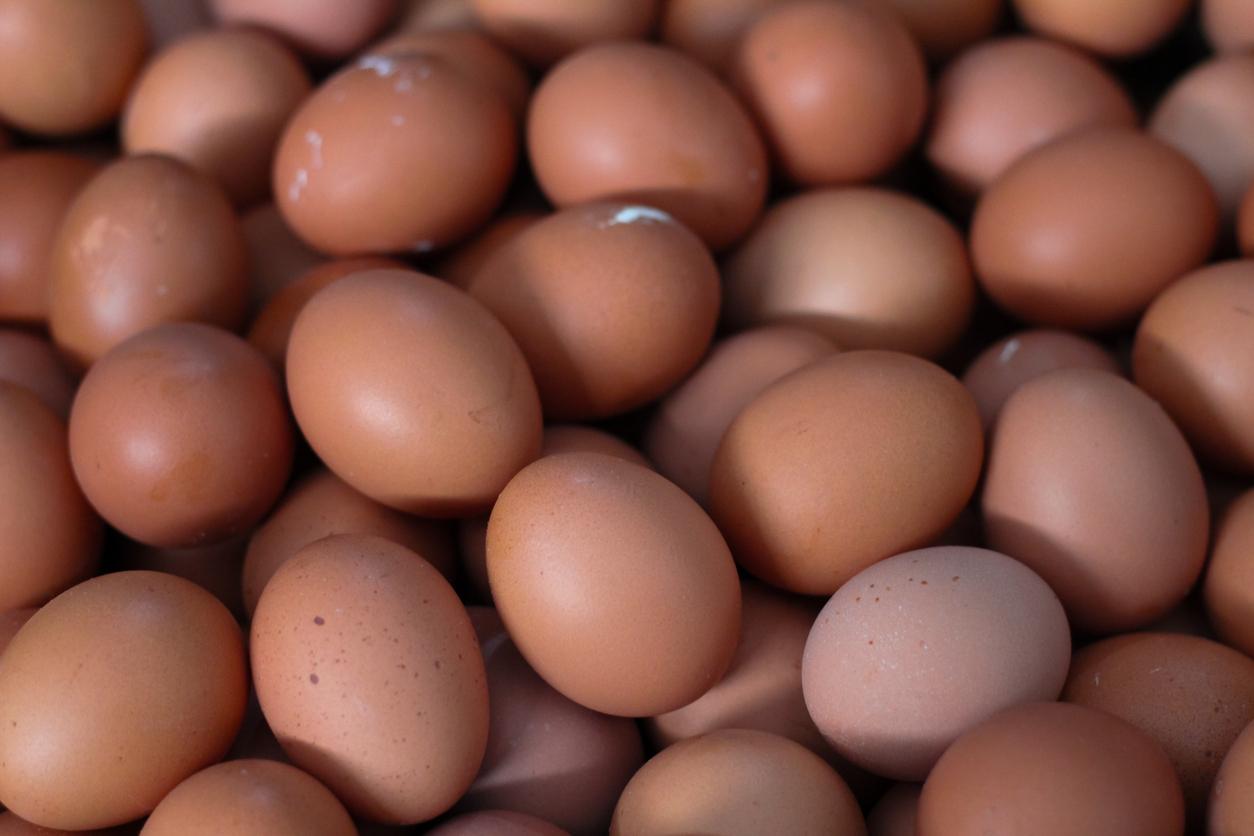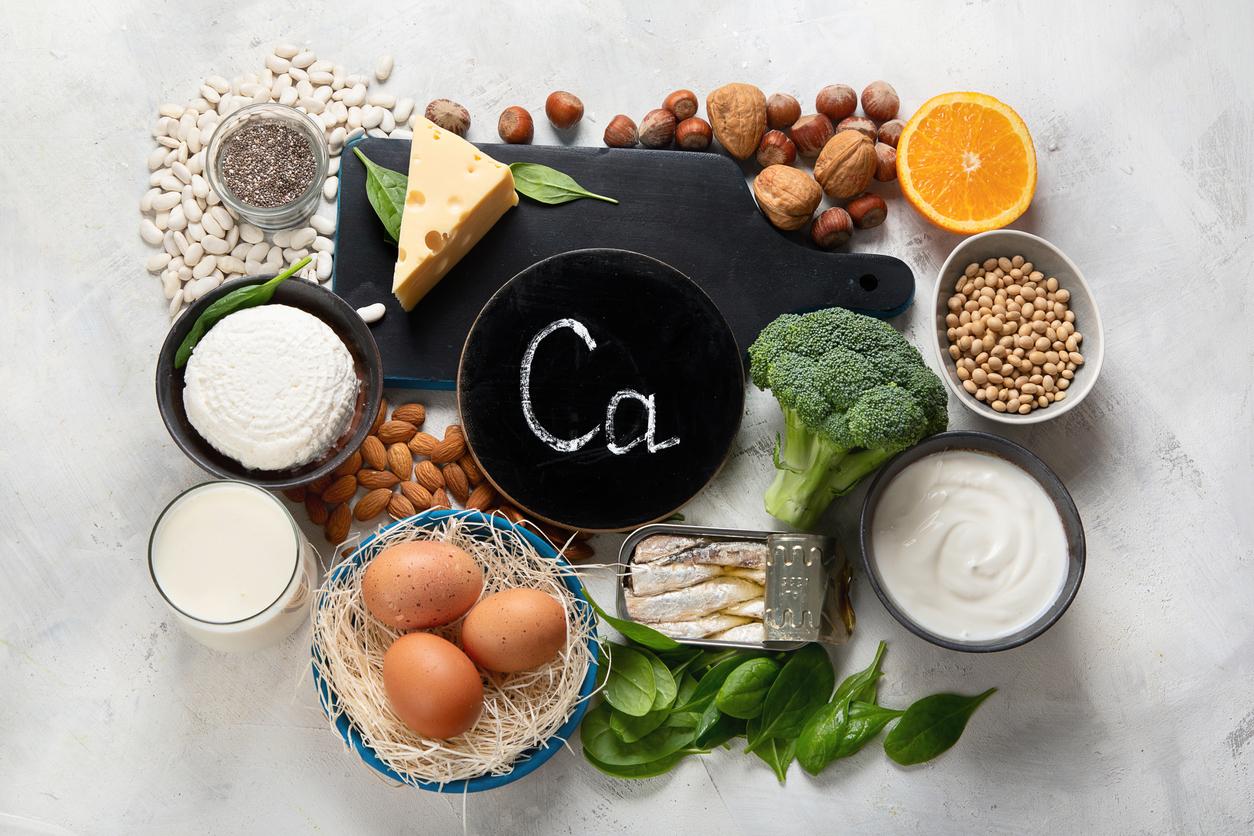It is a real public health problem. According to the National Agency for Health, Food, Environment and Occupational Safety (ANSES), 3.5% of adults and 8% of children in France suffer fromfood allergy. Figures that have doubled in the space of 5 years …
Specifically, in people with allergies, a normally safe nutrient (calledallergen) is perceived as a threat by the body. To eliminate this intruder, the immune system will then secrete many substances including histamine, a signaling molecule. This phenomenon is accompanied by symptoms which can be quite violent: nausea, cough, skin rashes, eczema, diarrhea …
A new Chinese study, published in the scientific journal Journal of Agricultural and Food Chemistry, may have just found an “antidote” to food allergies: it is a red algae, the Gracilaria lemaneiformis. Also called “ogonori”, it is used in Japanese cuisine, Filipino … and even in Hawaiian cuisine, where it is eaten in salads.
Fewer symptoms thanks to polysaccharides
The researchers noticed that the Gracilaria lemaneiformis was rich in polysaccharides, complex carbohydrates. However, previous studies had shown that polysaccharides (also called polysaccharides) had anti-allergic and anti-asthmatic effects …
So the scientists organized an experiment: they fed a group of mice with Gracilaria lemaneiformis, while another group of rodents were fed normally. All of the mice were allergic to tropomyosin, a protein found in many sea products.
Second phase of the experiment: the scientists fed the mice tropomyosin. Result: a few hours later, those in group 1 (who had received treatment) presented less severe symptoms compared to those in group 2 (the control group). “We believe that this discovery could pave the way for new treatments against food allergies” conclude the researchers. Case to follow!

















